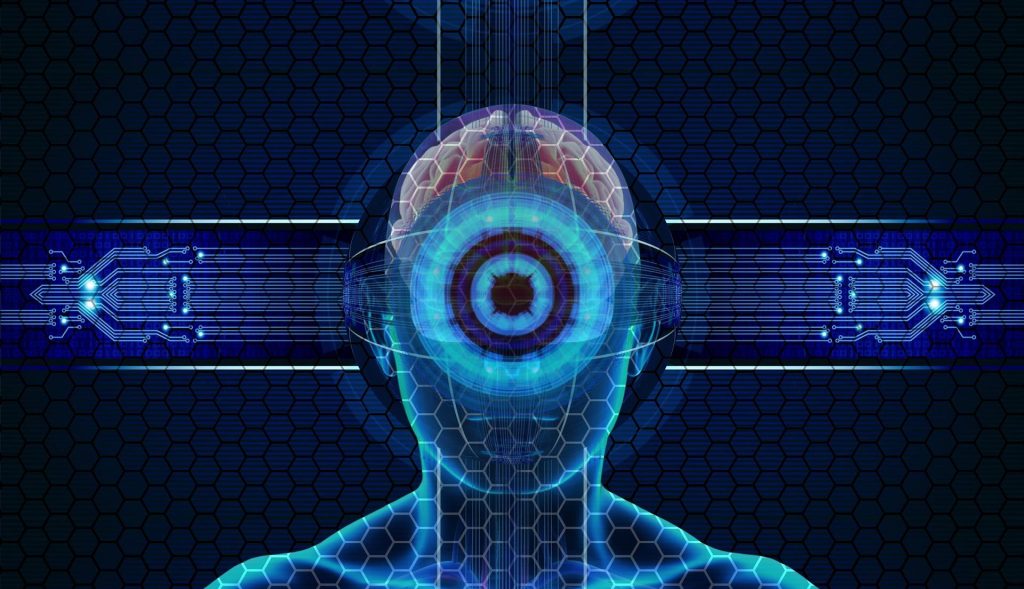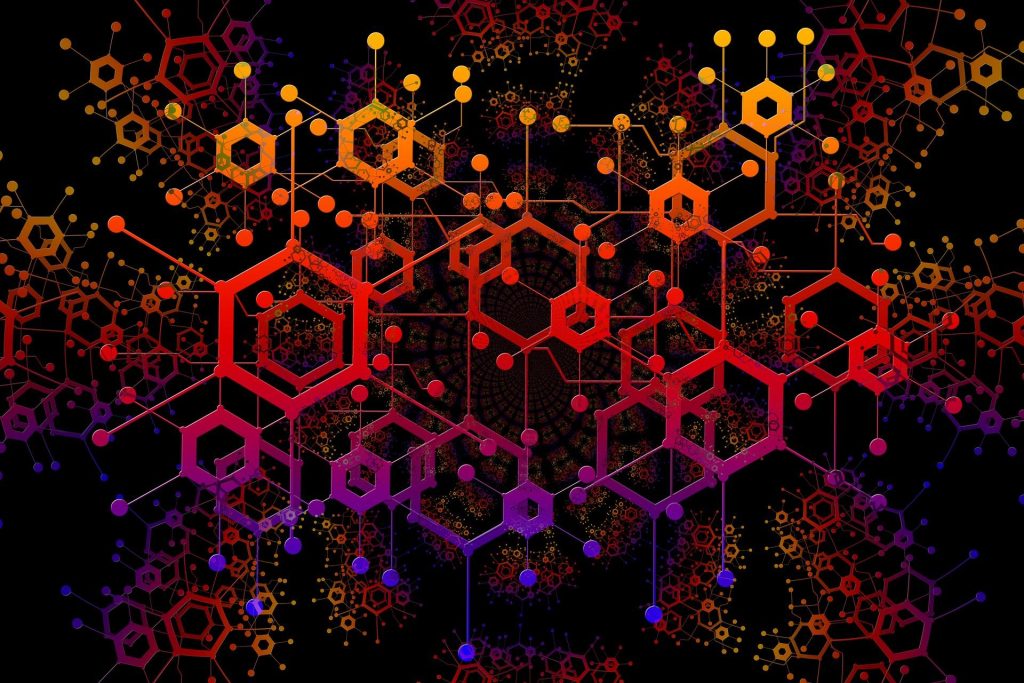AI technologies and techniques encompass a diverse range of methods and approaches from various domains and related fields of study. Here are a few discussions covering some of the key AI technologies and techniques.
Bayesian Networks.
Bayesian networks are graphical models that represent the probabilistic relationships among a set of variables. They are used in AI for reasoning under uncertainty, diagnostics, and decision-making. Applications include medical diagnosis, spam detection, and risk assessment.
Computer Vision.

Computer vision deals with enabling computers to understand and interpret visual information from the world. Techniques include image recognition, object detection, and segmentation. Computer vision has applications in areas such as surveillance, autonomous vehicles, and medical imaging.
From our partners:
Evolutionary Algorithms.
Evolutionary algorithms are optimization techniques inspired by the process of natural selection. They include Genetic Algorithms (GAs), Evolutionary Strategies (ES), and Genetic Programming (GP). These algorithms are used for optimization, function approximation, and automatic programming.
Expert Systems.
Expert systems are rules-based AI programs that mimic human experts’ decision-making processes in specific domains. They use a knowledge base of facts and rules to draw inferences and solve problems. Expert systems were widely used in the early years of AI and remain applicable in areas where human expertise is limited or costly.
Fuzzy Logic.
Fuzzy logic is an approach to AI that deals with imprecise and uncertain information. Fuzzy logic systems use linguistic variables and fuzzy sets to represent and reason with approximate data. Applications include control systems, decision support, and pattern recognition.
Generative Adversarial Networks (GANs).
GANs are a type of deep learning model that consists of two neural networks, a generator, and a discriminator, which compete against each other. The generator learns to create realistic data samples, while the discriminator learns to distinguish between real and generated samples. This process results in the generator producing increasingly realistic outputs. GANs can generate new data samples, including images, that resemble the training data. Applications include image synthesis, style transfer, and data augmentation.
Hybrid AI Systems.
Hybrid AI systems combine different AI techniques and approaches to achieve better performance or tackle complex problems. Examples include neuro-fuzzy systems, which combine neural networks and fuzzy logic, and ensemble learning, which combines multiple machine learning models to improve prediction accuracy.
Natural Language Processing (NLP).
NLP is an AI subfield that focuses on enabling computers to understand, interpret, and generate human language. NLP techniques involve tokenization, part-of-speech tagging, sentiment analysis, and named entity recognition, among others. NLP tasks include question-answering systems, conversational systems or chatbots, sentiment analysis, and machine translation.
Robotics.
Robotics is a multidisciplinary field that combines AI, engineering, and computer science to design, build, and control robots. AI techniques are used in robotics to enable robots to perceive, navigate, and interact with their environment. Applications include industrial automation, drones, and humanoid robots.
Robotic Process Automation (RPA).
The use of software with AI and machine learning capabilities to handle high-volume, repeatable tasks that previously required humans to perform.
Swarm Intelligence.

Swarm intelligence is a field of AI that studies the collective behaviour of decentralised, self-organised systems, such as ant colonies or bird flocks. Swarm intelligence algorithms, like Particle Swarm Optimization (PSO) and Ant Colony Optimization (ACO), have been applied to optimization problems, routing, and scheduling.
Transfer Learning.
Transfer learning is a machine learning technique where a pre-trained model, typically a deep neural network, is fine-tuned on a new, related task using a smaller dataset. This approach reduces training time and computational resources and often results in better performance.
For enquiries, product placements, sponsorships, and collaborations, connect with us at hello@zedista.com. We'd love to hear from you!
Our humans need coffee too! Your support is highly appreciated, thank you!

